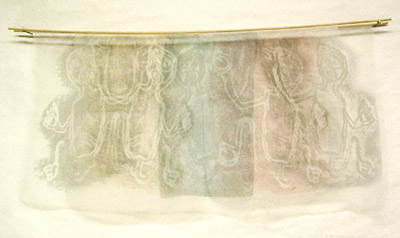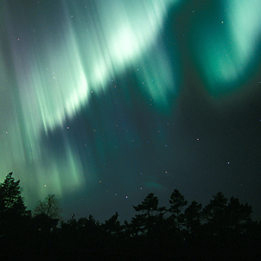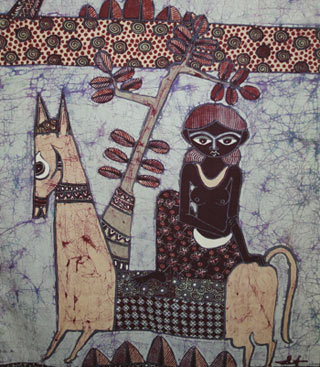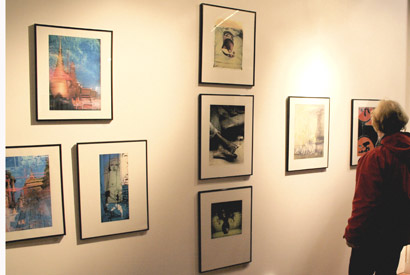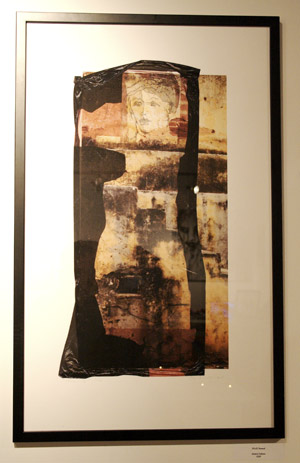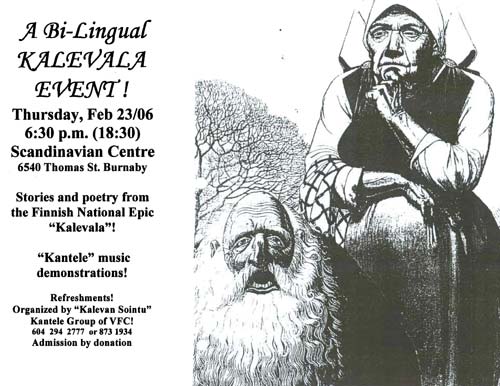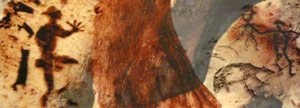30 x 30 print show
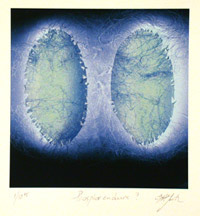
Gerri York: Phosphor endure 2005
Digital print, etching and chine collé
15cm X 15cm (about 12″ x 12″)
Photo: D. Martens
This sounds like a very interesting contemporary print exhibition by Vancouver area artists that I don’t want to miss (taken from BAG website, with links and bracketed comment added by me).
30 X 30: New Directions in Printmaking
February 28-April 16, 2006
Reception: Saturday March 4, 1-3 p.m.
Burnaby Art Gallery in Burnaby, BC (next door to Vancouver)
The Malaspina Printmakers Society on Granville Island has a special relationship with the Burnaby Art Gallery. A major portion of the society’s archives is housed at the gallery and composes a major component of the City of Burnaby Permanent Art Collection. 2005 marks the 30th anniversary of that association. To commemorate this important anniversary, 30 artists from societies past and present have been commissioned to create a work on paper–a print that fits within the confines of 30 centimetres by 30 centimetres. These works will be on display as part of the celebration of this important British Columbia printmaking institution.
